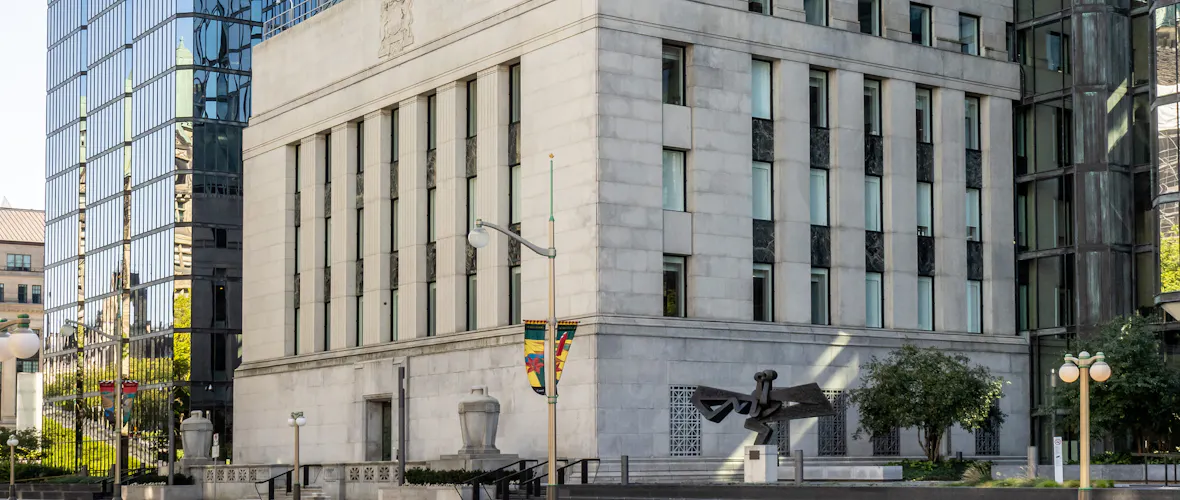Some Monday morning quarterbacking…on a Friday

The good news is that Canadian monetary policy is now on a decisive easing path, one that should allow a return to full employment by 2026. Three cheers for that. But forgive us if we do a little Monday morning quarterbacking, by exploring whether, with the benefit of hindsight, all of the economic pain inflicted by high interest rates, in the battle to wrestle inflation back to 2%, was actually necessary.
That’s not to say that a less painful approach would have been readily apparent back in 2022. There were differing views on how high rates would have to go to slow the economy, but when “transitory” inflation started to seem less temporary, there was near unanimity among economists that some pain would be necessary to get it under wraps. Indeed, while we weren’t among them, and neither was Governor Macklem, many judged that outright recessions in the US, Canada and Europe would be what the doctor ordered. But was that pain actually key to the subsequent disinflation?
Comparing economic fortunes in the US, Canada and major European economies strongly suggests that much less of the inflation we saw was tied to an economic overheating; nearly all of it, and inflation expectations, melted away as supply-side shocks abated. Canada, the Eurozone and the UK slowed enough to create meaningful economic slack, as evidenced in IMF output gap measures (Chart). That institution estimates that US GDP is actually running above potential by an even greater margin than in 2022. America’s jobless rate of 4.1% is only a hair above our estimate of its non-inflationary full-employment benchmark, but Canada’s 6.5% unemployment rate is much further above our NAIRU rate of 5.8% or so.
Yet all these countries are making solid progress on inflation. The available measures aren’t strictly comparable, as shelter costs are tracked differently, and the central banks have different targets, with the PCE price index the Fed’s preference, versus the CPI in Canada. CPI inflation in the Eurozone, the UK and Canada are all a few decimal places below 2%. While the US is at 2.5%, it seems to be on a glide path to 2% PCE inflation despite the economy still chugging along at a roughly 3% real GDP clip.
It’s not that the Fed had a different viewpoint than the Bank of Canada back in 2022. Both were trying to engineer material growth slowdowns, while perhaps still avoiding a full blown recession. It’s just that the Fed got lucky, with growth holding up better than it had forecast, despite a more aggressive tightening than Canada’s.
Is this all water under the bridge at this point? Not really. Remember that, in deciding how quickly to ease policy, central banks need to weigh the risks of cutting too little and leaving a lot of economic slack, or cutting too aggressively and reigniting inflation. Judging by what we now know with hindsight, that latter risk would appear to be much less threatening. Inflation might not in fact be that sensitive to facing a bit too much demand if the supply side is well functioning. That’s similar to what various US researchers have concluded in estimating that the Philips curve is relatively flat, with little inflation response, until labour markets are significantly overheated.
The Bank of Canada is engaged in its own post-mortem look at monetary policy after the pandemic. Let’s hope it reaches a similar conclusion, and stays on what looks to be a reasonably timely path to lower interest rates in the coming year. And, by the same logic, the Fed shouldn’t be thinking about a pause in its gradual path to lower rates at this point.
